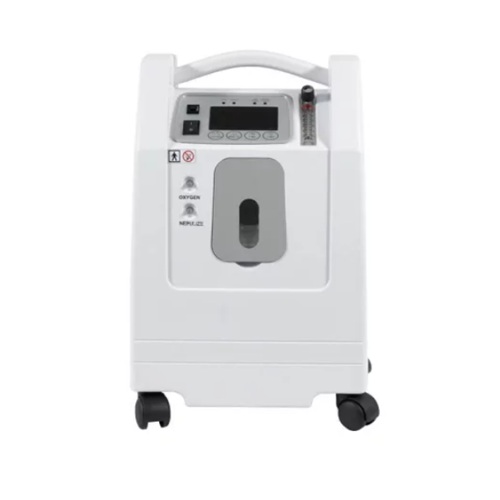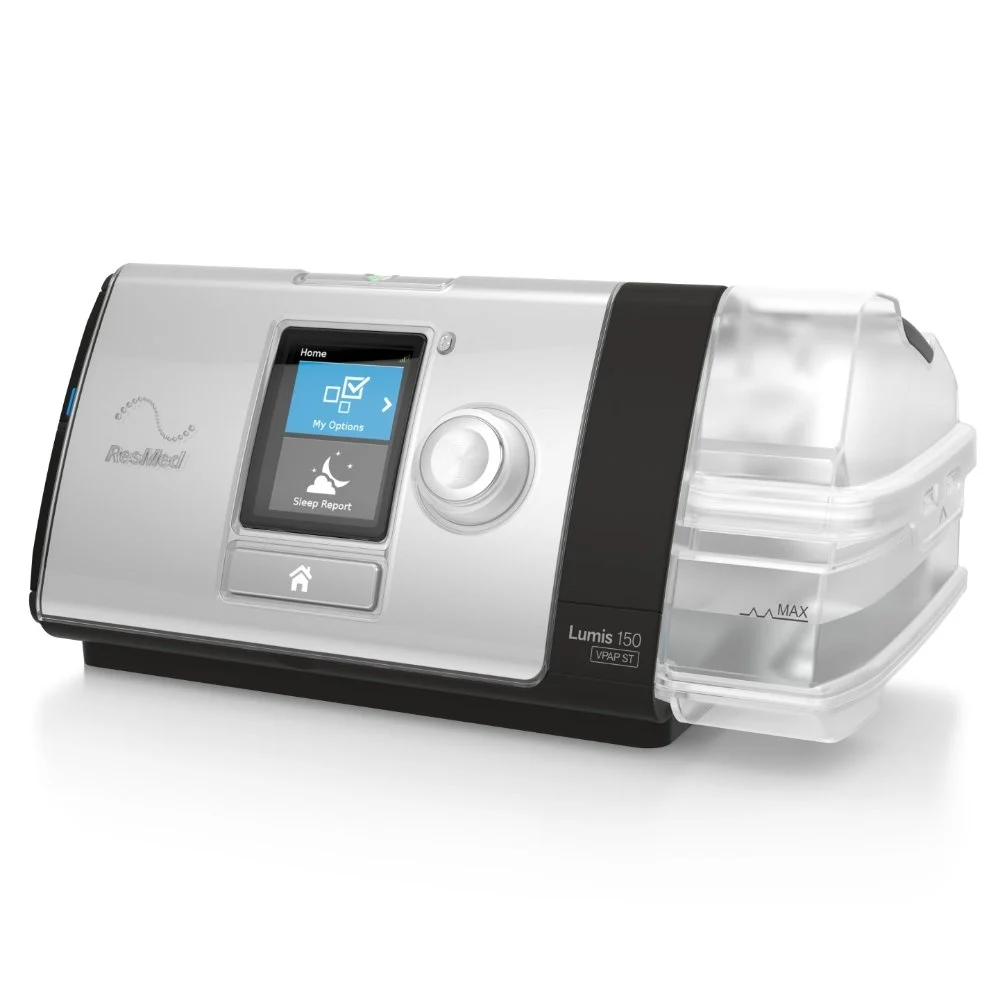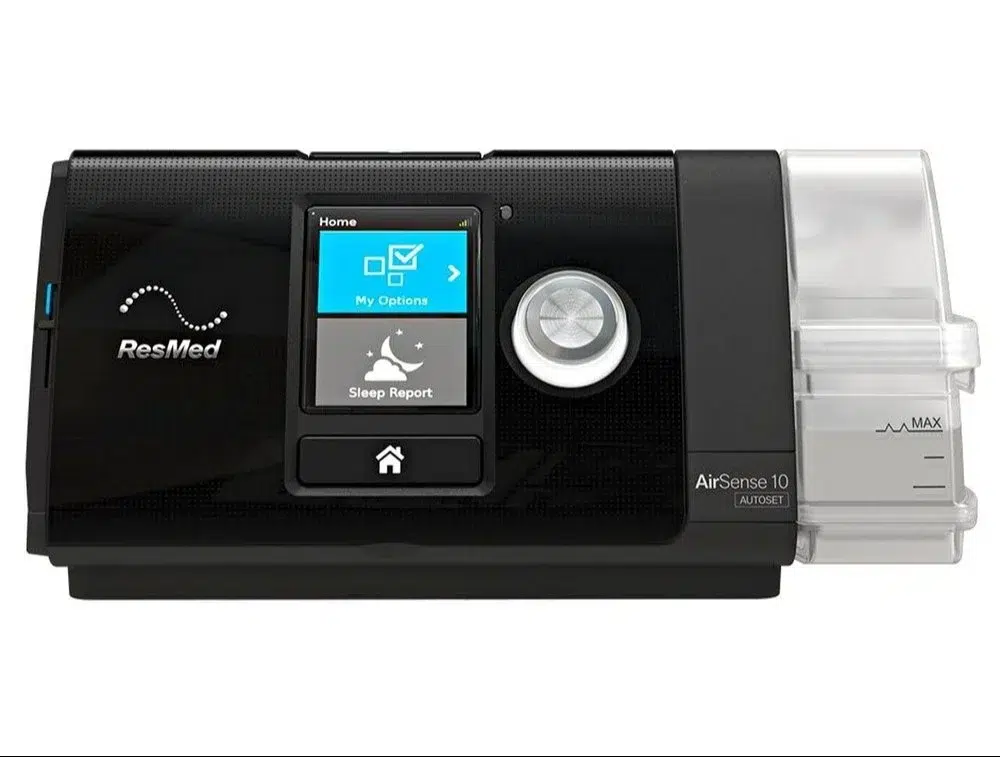Implementing ECQMs Strategies for Better Health Outcomes

Standardized instruments called Electronic Clinical Quality Measures (eCQMs) are used to evaluate the caliber of healthcare services. Features of patient care such as medication adherence, chronic disease management, and preventive screenings are measured. Healthcare organizations can assess their performance, pinpoint areas for development, and ultimately provide better patient care by tracking eCQM.
eCQMs offer a quality improvement strategy based on data. Through objective performance measurement on specific clinical processes, eCQMs aid in weakness identification and provide direction for focused interventions. eCQMs can also lead to better patient outcomes. eCQMs encourage healthcare providers to offer proven effective care by emphasizing evidence-based practices to improve patient health. Lastly, value-based reimbursement schemes and regulatory compliance can benefit from the application of eCQMs.
Organizations can benefit financially from implementing eCQM because many healthcare programs offer incentives for achieving high performance. However, implementing eCQMs alone is insufficient. To maximize their impact, effective implementation strategies are essential. Here, we examine important eCQM tactics that may improve health outcomes.
Key eCQMs Strategies for Improved Outcomes
#1 Patient Engagement and Care Coordination
Encouraging patients to find convenient and easily accessible appointments can enhance compliance with advised treatment regimens and screenings. This could entail providing alternatives for online scheduling, longer hours, or appointment reminders.
Patients can monitor their progress, obtain health information, and communicate directly with their healthcare providers through secure patient portals. This encourages a more team-based approach to care and makes prompt interventions easier.
The various healthcare professionals involved in a patient’s care must collaborate and communicate effectively with one another. By identifying areas for care coordination improvement, eCQM implementation can spur efforts to dismantle organizational silos and guarantee a more seamless patient experience.
#2 Chronic Disaster Management
Frequent screenings for preventive diseases are essential for the early diagnosis and treatment of chronic illnesses. Healthcare organizations can identify patients past due for screenings and ensure timely interventions using eCQMs to track and monitor screening rates.
eCQMs can monitor crucial aspects of managing chronic diseases, such as medication compliance, blood sugar regulation, and A1C readings for diabetic patients. This data provides valuable insights into areas where chronic illness management programs can be strengthened.
Effective management of chronic diseases requires teaching patients self-management skills and supporting them in sticking to their medication schedules. eCQMs can assist in identifying patients who are having difficulty adhering to their medication regimens, enabling focused interventions and support services.
#3 Data Analysis and Quality Improvement
Through eCQMs, healthcare organizations can measure their performance in certain clinical processes. Analyzing this data makes it possible to identify opportunities for quality improvement initiatives and pinpoint areas where performance falls short of benchmarks.
Patients are more likely to experience complications or poor health outcomes, which can be identified using data analytics on eCQM data. This enables medical professionals to tailor care plans and proactively target interventions for these patients.
Creating a cycle of continuous quality improvement using eCQM data is possible. Healthcare organizations can achieve long-term improvements in the quality of patient care by analyzing data, identifying areas for improvement, putting targeted interventions into place, and then using electronic clinical quality management (eCQMs) to remeasure performance.
Challenges and Considerations
Although eCQMs have many advantages, their effective implementation necessitates resolving several important issues:
Workflow Integration and Burden
Healthcare organizations may experience workflow disruptions when eCQMs are introduced. A good implementation plan should reduce this disturbance by smoothly incorporating eCQM data collection into daily operations.
Data collection for eCQMs can be streamlined by utilizing technology such as electronic health records (EHRs) and automated data capture tools. This lessens the workload for medical personnel and lowers the possibility of mistakes.
Data Integrity and Reporting
Ensuring precise coding and data collection procedures for eCQMs: Healthcare personnel must code consistently and correctly for eCQM data to be accurate. Ensuring data integrity requires implementing standardized coding protocols and continually training staff members.
It is important to set up thorough data quality checks to find and fix any errors or inconsistencies in eCQM data. The accurate submission of eCQM data to regulatory agencies or value-based reimbursement programs is ensured by well-defined and uniform reporting procedures.
Staff Training and Report under eCQMs
Healthcare workers, including doctors, nurses, and administrative staff, must comprehend eCQMs, data collection procedures, and how their roles contribute to quality improvement for implementation to be effective.
Giving staff members continual assistance and resources is crucial during the implementation process. This can entail access to troubleshooting manuals, assistance desks, and staff members who are always on hand to help with any problems.
Maximizing the Value of eCQMs
Not every organization can benefit from every eCQM. It is ensured that eCQMs advance the organization’s overall objectives by choosing those that correspond with its specific quality improvement priorities.
eCQMs ought to be combined with the organization’s current performance enhancement programs. This makes it possible to improve quality more thoroughly and uses eCQM data to inform and enhance already-existing programs. EHRs can be set up to automatically gather information pertinent to eCQMs, which will expedite data gathering and reduce errors caused by human entry.
To further automate data collection and reporting for eCQMs, healthcare organizations should investigate cutting-edge technologies like artificial intelligence (AI) and natural language processing (NLP). By doing so, staff members may work more efficiently and have more time for patient-centered activities. Healthcare companies can monitor their progress toward quality improvement targets and pinpoint areas where performance still needs to be improved by regularly analyzing their eCQM data.
Collaboration is facilitated, and industry-wide healthcare quality improvement is accelerated when best practices and lessons learned from eCQM implementation are shared with other healthcare organizations.
Conclusion
eCQMs implementation success depends on a multifaceted strategy. Healthcare organizations can enhance patient engagement and care coordination, resulting in better adherence to preventive care and chronic disease management plans, by optimizing appointment access, utilizing patient portals, and encouraging collaboration between providers.
Healthcare organizations can target interventions and achieve long-term improvements in the quality of patient care by using eCQMs for performance measurement, identifying high-risk patients, and implementing quality improvement cycles. To successfully implement eCQM, it is essential to minimize disruptions to workflow, use technology to collect data, ensure data integrity, and provide staff training and support.
To optimize the value of eCQMs, organizations should align them with goals, integrate them with current initiatives, and use technology for data collection and reporting. Furthermore, sharing best practices and conducting ongoing analysis of eCQM data encourage ongoing enhancements to healthcare quality.
By effectively implementing eCQMs and utilizing data-driven insights, healthcare organizations can enhance patient care, optimize chronic disease management, and improve health outcomes. The importance of eCQMs is expected to increase as healthcare continues to evolve. Standardized eCQMs can make it easier to compare healthcare systems, which allows for benchmarking and the nationwide identification of best practices. With so much promise for a data-driven healthcare system to provide high-quality, patient-centered care, eCQMs have a bright future.
*****
latest Blogs
categories
Categories
- Beauty Tips
- COVID-19
- Fitness tips
- Health & Wellness
- Health & Wellness Equipment
- Health and Wellness
- Health care
- Health Tips
- Healthcare & Medical Equipment Rental
- Healthcare Solutions
- Healthy Eating
- Home Healthcare Solutions
- Hospital Bed Rentals
- Life Style
- Medical Equipment Rentals
- Mental Health
- Nebulizer Machines
- Nursing Care Services
- Patient Care Solutions
- Prime Healers community
- Product information
- Product Review
- Renting an Oxygen Concentrator
- Respiratory Care
- Respiratory Care Solutions
- Uncategorized
- Wheelchair and Hospital Bed
- Wheelchair for Festivals






















